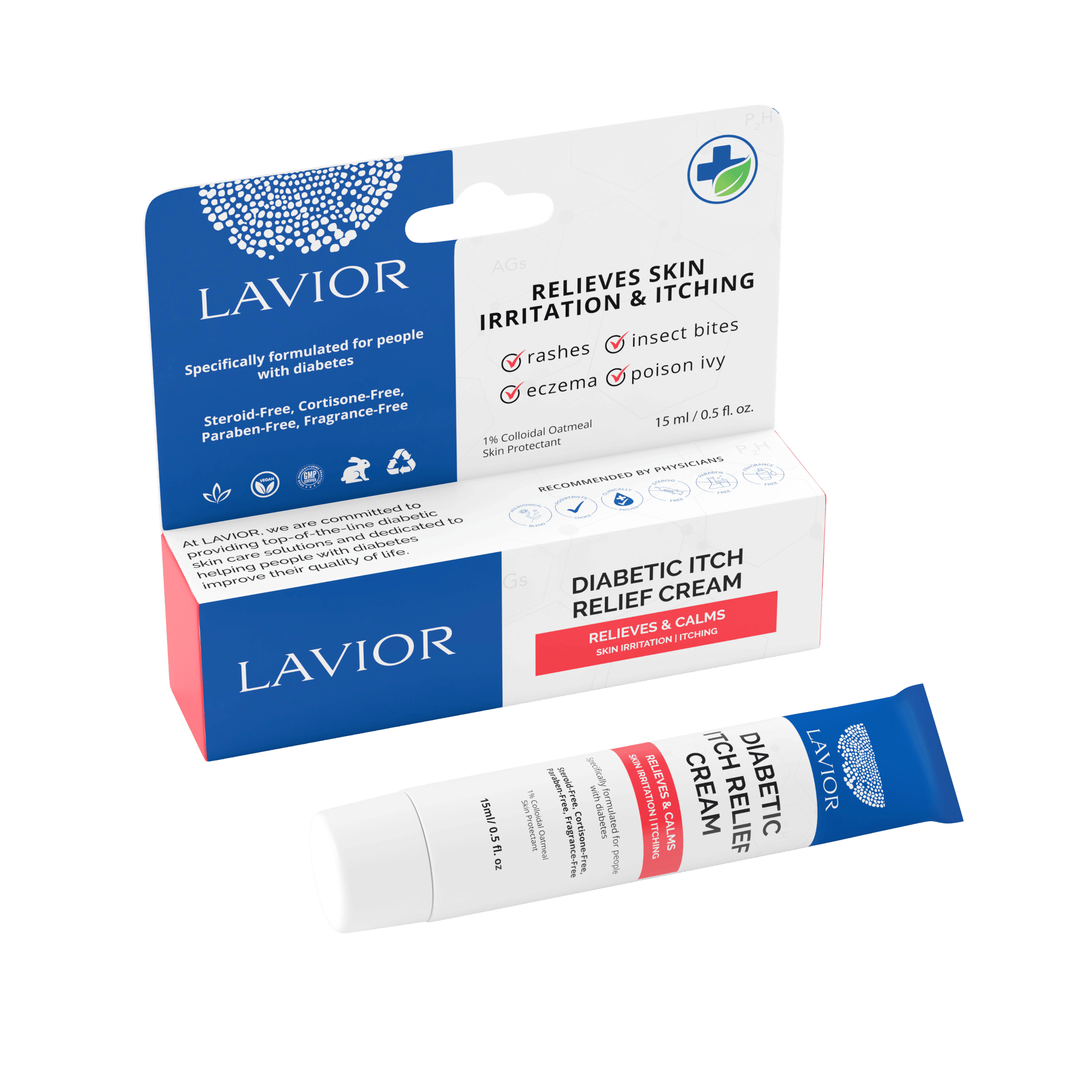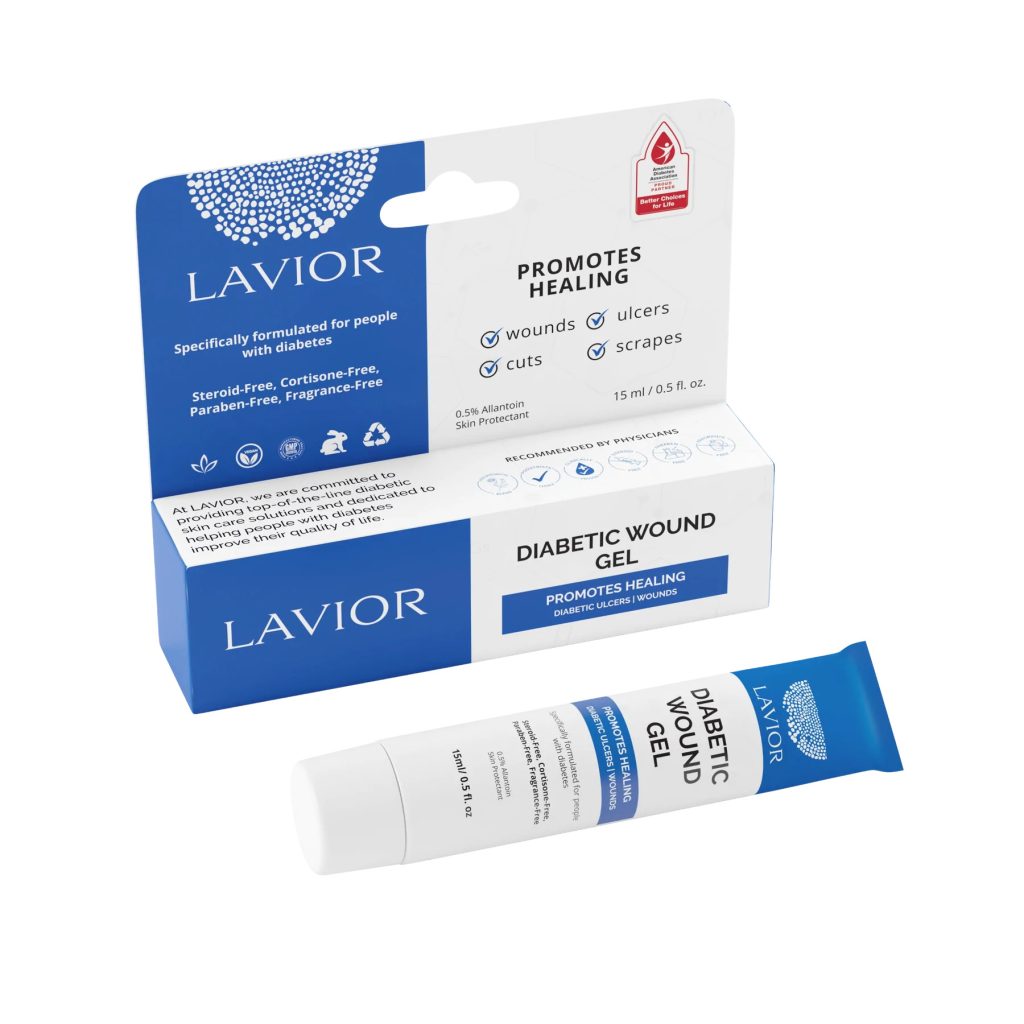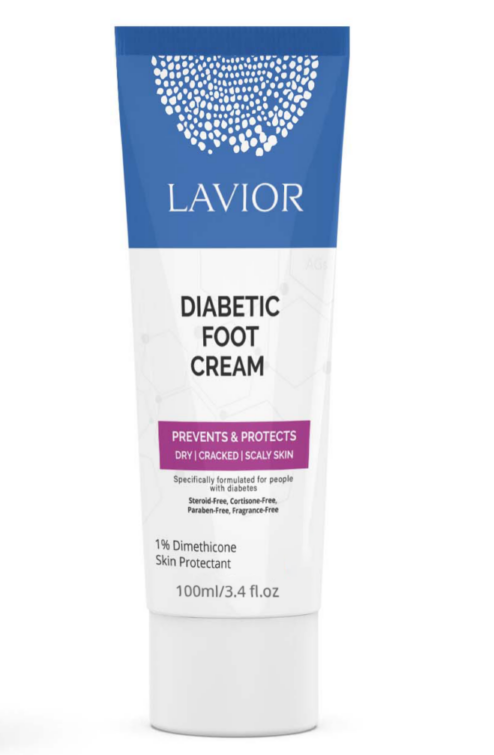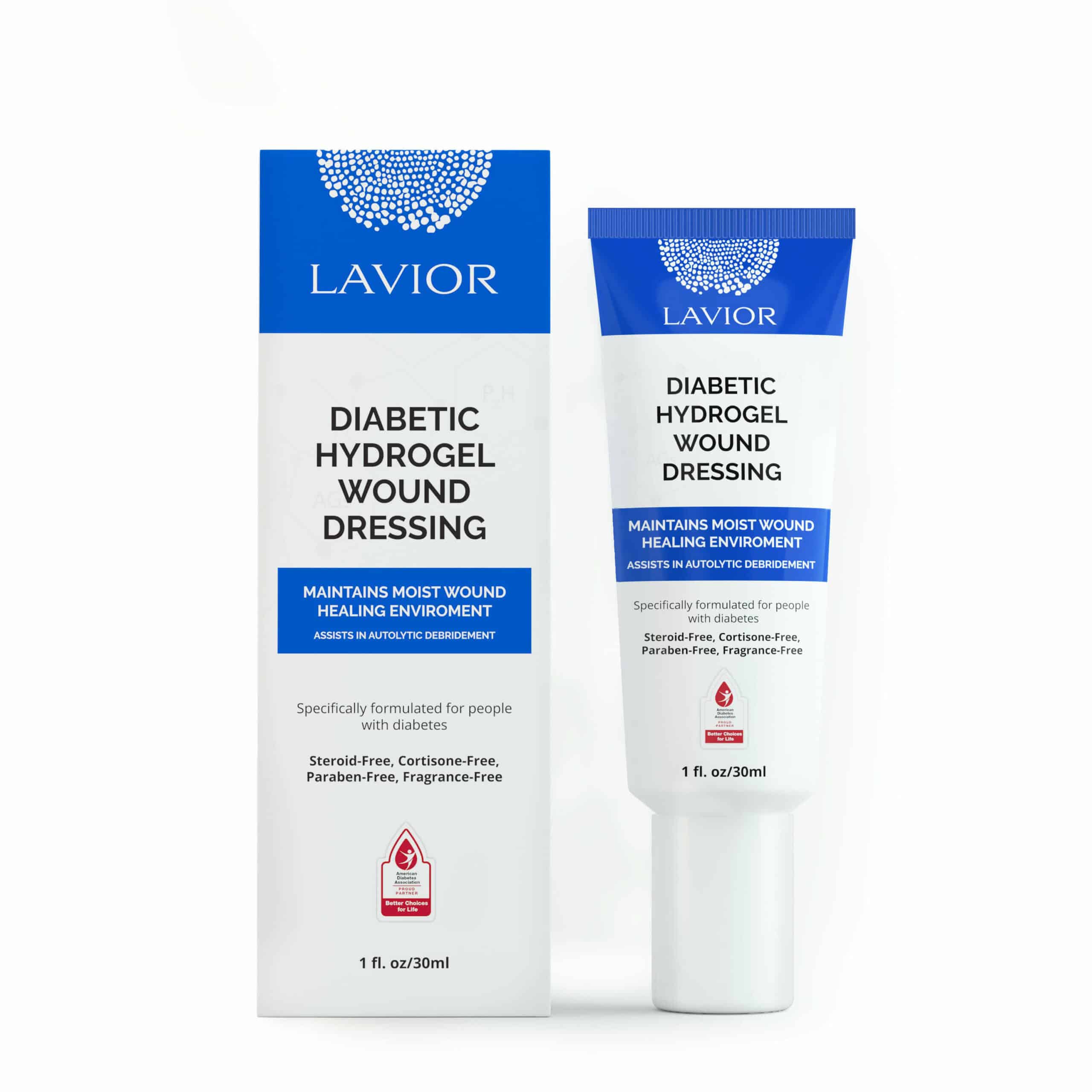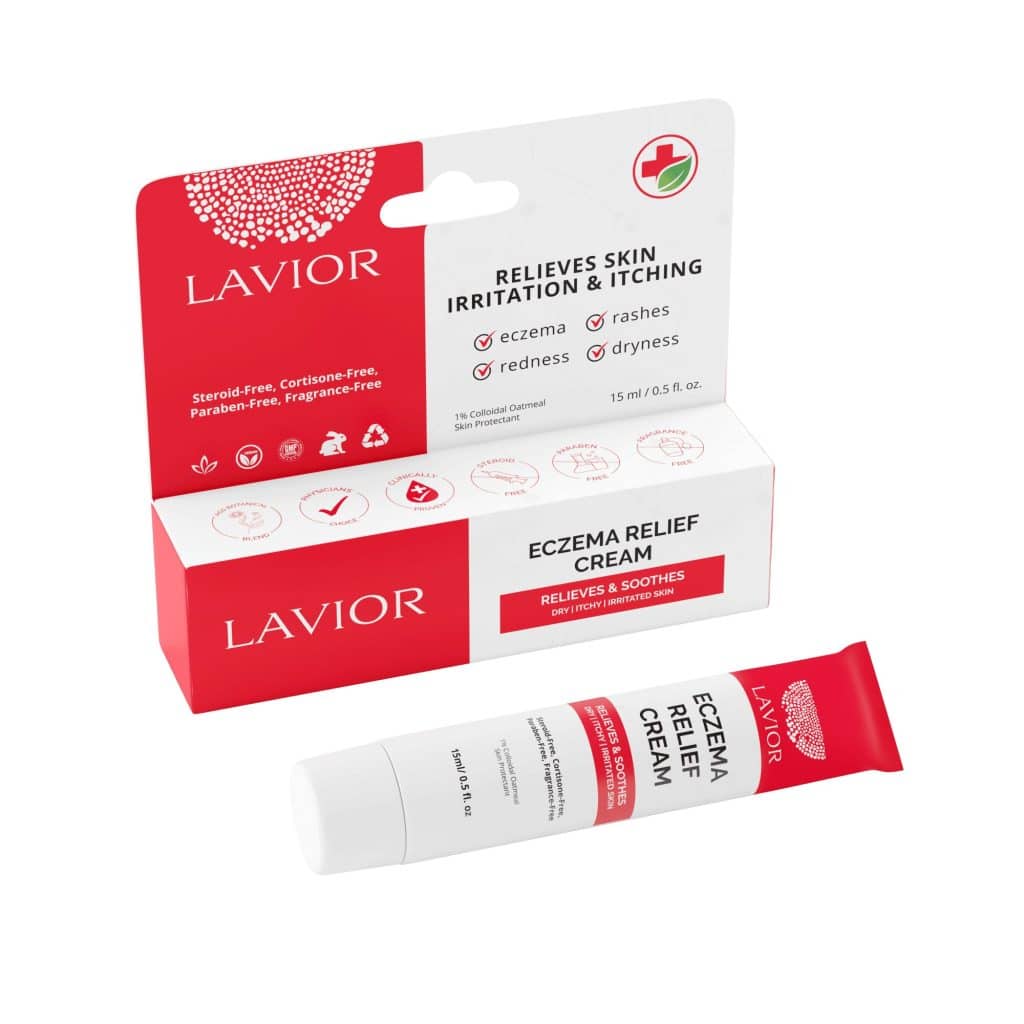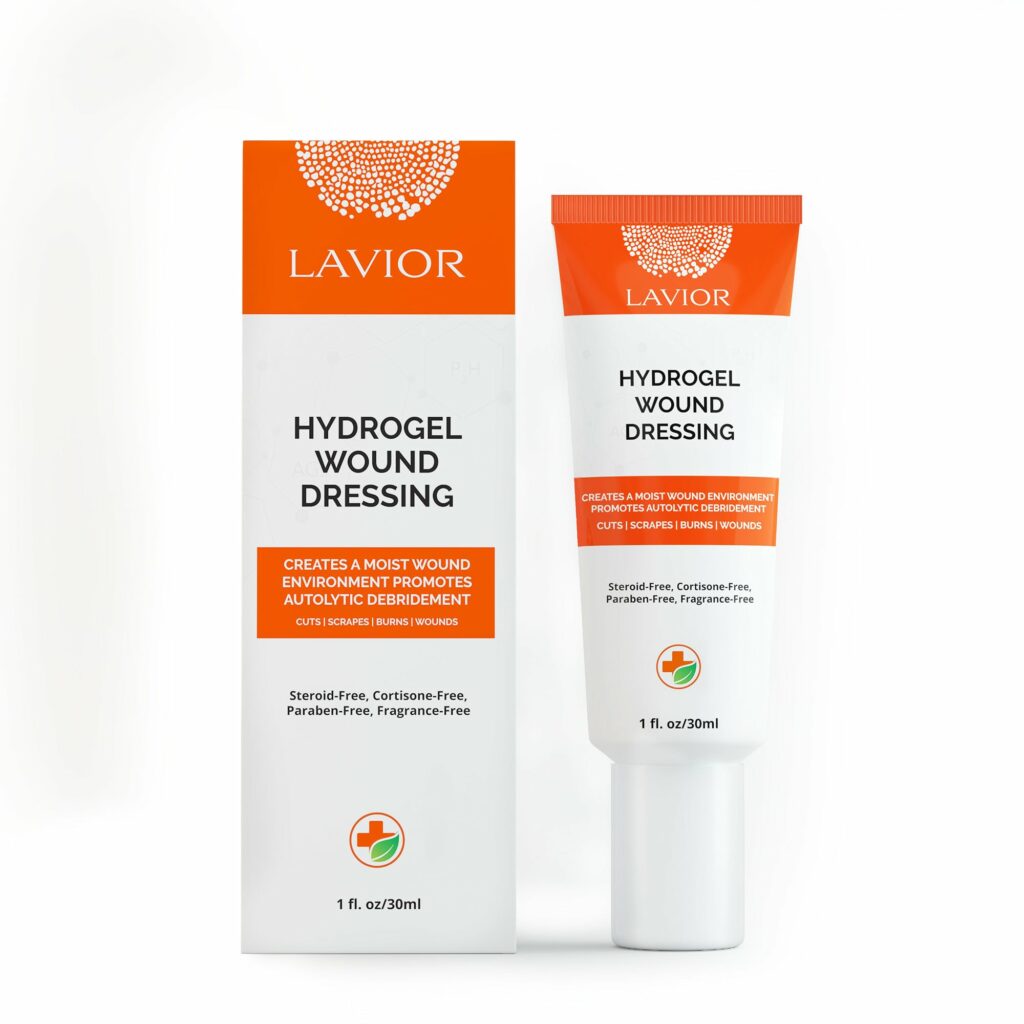Introduction
If you rely on insulin pod therapy, the process of changing pods is routine but not without its common, daily challenges.
One common concern is the risk of skin irritation and wounds associated with adhesive removal and application during pod changes. To address this issue, Lavior Diabetic Wound Dressing emerges as a promising solution for diabetic wound care.
Here we explore the significance of proper wound care during insulin pod changes and the benefits you obtain when employing Lavior products for this purpose, as well as combining it with adequate diabetic pod care and cleaning to diminish the risk of infections.
The Importance of Wound Prevention
Insulin pump therapy has revolutionized diabetes management, offering precise insulin delivery and flexibility.
However, frequent pod changes can lead to skin irritation, redness, and even wounds due to adhesive residues left on the skin and repetitive application. These issues not only cause discomfort but also compromise skin integrity, potentially leading to infections and complications.

Effective wound prevention strategies are crucial to mitigate these risks and ensure the continuity of insulin pump therapy. By prioritizing skin health in the form of dressing application during pod changes, you can maintain optimal treatment outcomes and achieve an increase in your quality of life.
Aspects to Consider With Insulin Pod Placement
- Refrain from applying the insulin pod on irritated, swollen skin, open wounds, scabs, or cuts
- Ensure optimal insulin absorption by rotating application sites, avoiding overuse of anyone in particular
- Position the pod flatly on the body, avoiding curved areas for secure attachment
- Choose application sites carefully to prevent discomfort or accidental dislodgement, steering clear of skin folds or areas directly under waistbands
How to Attach Your Insulin Pod Correctly
- Carefully position the pod on the skin to prevent creasing of the adhesive pad
- Glide your finger around the adhesive 2-3 times to verify its secure attachment to the skin
- Following cannula insertion, maintain firm pressure on the pod with the palm of your hand for 10-20 seconds to fully secure the adhesive to the skin
Our Dressing and Its Benefits
The Lavior Diabetic Wound Dressing is specifically designed to address the challenges associated with insulin pod changes.
Formulated with advanced materials that favor recovery and prevention, it provides a protective barrier between the skin and the insulin pod, minimizing friction and irritation during application and removal.
Lavior Diabetic Wound Dressing excels in various aspects, evident through:
- Emulating natural tissue in its formulation, ensuring you optimal healing support
- Being hypoallergenic, safeguarding you against allergic reactions and irritations
- Undergoing comprehensive medical trials, validating its efficacy and safety thoroughly
- Gaining approval from numerous podiatrists for its efficacy in wound management
- Earning endorsement from the American Diabetes Association, highlighting its reliability
- Excluding parabens, steroids, and fragrances, guaranteeing a clean and non-irritating application
- Maintaining a non-toxic composition, prioritizing your safety without forsaking effectiveness
Make Insulin Pods an Asset, Not a Liability
Insulin pod changes are an integral part of your diabetes management, but they can pose challenges for skin health and wound prevention by the same hand.
Lavior Diabetic Wound Dressing offers you a solution by providing a protective barrier that minimizes skin irritation and promotes healing during pod changes.
By incorporating it into your routine, you can enhance your treatment experience and safeguard your skin integrity too, ensuring optimal outcomes in insulin pump therapy.



